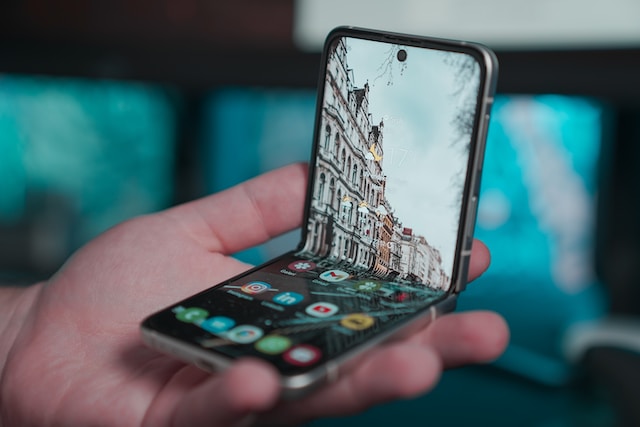The Future of Foldable Phones: Are They Worth the Hype?

Introduction
Foldable phones are one of the biggest tech trends today. Companies like Samsung, Huawei, and Motorola are leading the way. These phones bend, flip, and unfold into larger screens.
But are they worth buying? Do they solve real problems, or are they just a gimmick? This article explores foldable phones—how they work, their benefits, drawbacks, and whether they will replace traditional smartphones.
1. What Are Foldable Phones?
Foldable phones have flexible screens that can bend without breaking. They come in two main types:
A. Flip Phones (Vertical Fold)
- Fold vertically like old-school flip phones.
- Compact when closed, easy to carry.
- Example: Samsung Galaxy Z Flip 5.
B. Foldable Tablets (Horizontal Fold)
- Open like a book to reveal a tablet-sized screen.
- Great for multitasking and media.
- Example: Samsung Galaxy Z Fold 5.
These phones use flexible OLED displays and special hinges to prevent damage.
2. How Do Foldable Phones Work?
Foldable phones rely on advanced technology:
A. Flexible Screens
- Made of OLED panels that bend without cracking.
- Protected by ultra-thin glass or plastic layers.
B. Strong Hinges
- Allow smooth folding and unfolding.
- Prevent dust and debris from entering.
C. Special Software
- Apps adjust when the screen folds or unfolds.
- Some allow multi-window multitasking.
3. Benefits of Foldable Phones
✔ Bigger Screen in a Compact Size
- A normal phone fits in your pocket but has a small screen.
- A foldable phone unfolds into a tablet-sized display.
✔ Better Multitasking
- Open two apps side by side.
- Useful for work, emails, and watching videos while browsing.
✔ Innovative Design
- Stands out from regular smartphones.
- Flip phones are stylish and nostalgic.
✔ Future-Proof Technology
- Early adopters get the latest features first.
- More apps will support foldables over time.
4. Drawbacks of Foldable Phones
❌ High Price
- Most foldables cost $1,000 to $2,000.
- Much more expensive than regular flagship phones.
❌ Durability Concerns
- Screens can scratch or crack over time.
- Hinges may wear out after thousands of folds.
❌ Thicker and Heavier
- Bulkier than slim smartphones.
- Not as comfortable in pockets.
❌ Limited App Support
- Some apps don’t adjust well to folding screens.
- Games and videos may have awkward scaling.
5. Will Foldable Phones Replace Traditional Smartphones?
Right now, foldable phones are still niche products. Here’s why:
A. Mainstream Adoption Is Slow
- Only 1-2% of smartphone sales are foldables.
- Most people still prefer cheaper, more reliable phones.
B. Technology Needs to Improve
- Screens must become more durable.
- Prices need to drop for mass appeal.
C. Apple’s Role
- If Apple releases a foldable iPhone, the market could explode.
- Until then, foldables remain experimental.
6. The Future of Foldable Phones
Foldable technology is still evolving. Future improvements may include:
A. Cheaper Models
- More brands will enter the market, lowering prices.
B. Better Durability
- Scratch-resistant screens and stronger hinges.
C. New Designs
- Rollable phones that stretch like a scroll.
- Triple-fold phones for even bigger screens.
D. More Software Support
- Google and app developers will optimize for foldables.
7. Should You Buy a Foldable Phone?
✔ Buy If You…
- Want the latest tech and don’t mind high prices.
- Need a bigger screen for work or media.
- Like unique, futuristic designs.
❌ Avoid If You…
- Prefer affordable, reliable phones.
- Worry about screen durability.
- Don’t need extra screen space.
Conclusion
Foldable phones are exciting but not yet perfect. They offer bigger screens and cool designs, but they’re expensive and less durable than traditional phones.
In the future, they may become mainstream. For now, they’re best for early adopters and tech enthusiasts.
Would you buy a foldable phone? Share your thoughts in the comments!




